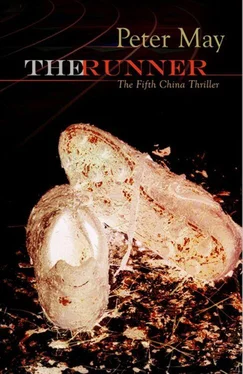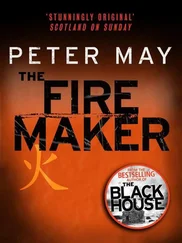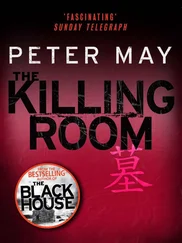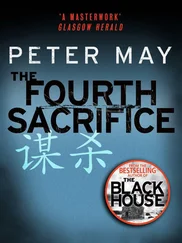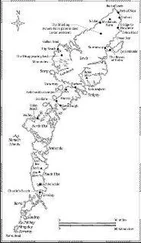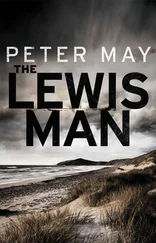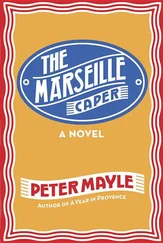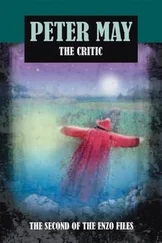He closed the folder on his desk in front of him, picked up the phone and swivelled his chair so that he had his back to Li, looking out over the view of the city. ‘Yeh, get me Central Services,’ Li heard him saying.
Yi had played his cards, and there was no doubt that Li had lost. He stood for a moment, wrapped in his humiliation, then turned and walked out of the office.
‘You’re late. Again.’ Margaret raised her eyes through her goggles and froze in mid-cut. She looked in astonishment at Li in his neatly pressed dark suit, white shirt and blue tie. Even if it was loosened at the neck, Li never wore a tie. ‘You look like you’ve just come from a job interview,’ she joked.
Li shifted uncomfortably and glanced at Sun who stood on the opposite side of the body from Margaret, wearing a green apron and a plastic shower cap. Sun’s face was expressionless.
‘I told you I had an important meeting this morning,’ Li said.
‘An appointment, you said,’ Margaret corrected him. She had a habit of remembering things with great accuracy. ‘A mysterious appointment that you wouldn’t tell me anything about.’
‘Have I missed anything?’ Li asked, ignoring the barb.
‘And still won’t apparently,’ Margaret muttered under her breath. She turned her attentions back to Xing Da. His body was just a shell now, ribs cut through and prised apart, the flesh of the chest and belly folded to either side of the central cut of the ‘Y’. The organs had been removed, as well as the brain, the top of the skull lying in a dish next to the autopsy table. Xing’s shaven scalp was folded down over his eyes and nose. ‘He was a mess,’ she said. ‘Broken ribs, liver and spleen mashed, probably by the steering wheel. It seems he was driving. No seat belt, so there were severe head and facial injuries when he hit the windshield. You could almost choose from half a dozen different injuries as being the cause of death, although in fact it was none of them.’
‘So what did kill him?’ Li asked, intrigued.
‘I have no idea. Yet. But I can tell you what didn’t kill him.’ Li waited, but she wanted him to ask.
‘What didn’t kill him?’ he obliged.
‘The car crash.’
Li frowned. ‘What do you mean?’
‘I mean he was dead before the car hit the lamppost. And since he was driving, and we all know that dead men can’t drive, one has to wonder how the car came to be travelling at a hundred kilometers per hour down a Beijing Street at eleven o’clock at night.’
‘How can you tell he was dead before the crash?’
‘Detective Sun will tell you,’ Margaret said airily. ‘Since he was here on time, he’s already had that described for him. Meantime, I’m going to prepare frozen sections of the heart for microscopic examination.’ She disappeared across the autopsy room to where the organs had been breadloafed and spoke quickly to one of her assistants.
Li looked at Sun. ‘Well?’
‘Hey, Chief,’ he said, ‘my English isn’t that great. I think I understood, but…’ He shrugged.
Li said, ‘Give it a try.’
With some distaste, Sun indicated Xing Da’s superficial injuries, the contusions, abrasions and lacerations about his head and chest and stomach. ‘Doctor Campbell says if this guy had been alive when he picked up all these injuries, they would look quite different. They should be kind of red, or purple, you know, like blood beneath the surface of the skin. Apparently you don’t bleed too well if you’re dead, so if you were dead when you got them, injuries like these would be kind of tough, golden, parchment-like.’ Which they were. Sun took a deep breath. ‘Same with the internal stuff. His liver was pretty much crushed. According to the Doc there should have been at least a couple of litres of blood as a result. There was virtually none.’
Li looked at the body of the athlete thoughtfully. If he was dead behind the wheel of the car before the crash, then it seemed improbable that the others in the car were still alive.
He turned as the assistants wheeled in the cryostat, a deep-freeze about the size of a washing machine for preparing frozen sections of organs for fast microscopic examination. Permanent paraffin sections took hours to prepare. Frozen sections took minutes. Li crossed to the other table and watched as Margaret prepared a section of heart tissue by pressing it into a metal chuck along with a glob of jelly-like support medium. He said, ‘Why can’t you tell what killed him?’
‘Because I haven’t finished examining all the evidence, Section Chief.’
‘What about toxicology?’
‘I’ve sent samples of urine, bile, heart blood, the contents of his stomach and a portion of his liver for analysis,’ she said. ‘We won’t get the results until sometime tomorrow. And even that’s pushing it.’
He nodded towards the samples she was preparing for the cryostat. ‘Why are you doing microscopic sections of the heart?’
‘Instinct,’ she said. ‘No matter what causes it, in the end we all die because our hearts stop. On the face of it, I can’t find any reason why this particular subject’s heart stopped. It was firm, the size you would expect. The epicardium was smooth and had the usual amount of epicardial fat. The musculature of both the left and right heart was red-brown, and grossly there were no areas of infarct or fibrosis. The endocardial surface had a normal appearance and there were no mural thrombi. The valves were thin and pliable and neither stenoic nor dilated. The coronary arteries had a normal distribution with little or no atherosclerotic disease. There were no thrombi, and the aorta was patent, without injury, and again showing minimal atherosclerosis.’ She smiled at him, enjoying the opportunity to exercise her knowledge.
He gave her a look. ‘All of which means…?’
‘That I couldn’t find anything wrong with it. There was no obvious reason why it stopped beating.’
She set her samples on a rack in the cold working area of the cryostat and pressed metal heat sinks against the face of the tissue, to flatten and to freeze it. Minutes later, the samples were ready. She transferred the first one, still in its chuck, to a special cutting area where she drew a wafer-thin blade across its surface. She touched the wisp-thin section of tissue on to a glass microscope slide and Li saw it melt instantly. She stained it with chemicals, and slipped the glass under her microscope to peer at it through the lens.
After a moment she straightened up, pressing both her hands into her lumber region and arching backwards. She appeared to be looking at Li, but he saw that her eyes were glazed. She was looking right through him at something that existed only in her mind.
‘What is it?’ he said.
Her focus returned, but all her flippancy was gone. ‘I’m not sure I’ve seen anything quite like it in a healthy young male before,’ she said, and she shook her head. ‘In stimulant abusers, yes. Cocaine, methamphetamine, could do it. But I don’t think this young man was into stimulants. Steroids, perhaps, although there’s no evidence of that yet.’
Li said, ‘He was urine-tested a week before he died.’
‘And?’
‘He was clean.’
Margaret nodded.
But Li couldn’t contain his impatience any longer. ‘So what did you see in the microscope?’
Margaret said, ‘There are big coronary arteries on the surface of the heart that we all seem to manage to clog up as we age. It’s the most common cause of what you might call a heart attack.’ She paused. ‘But there are also tiny arteries that run through the muscle of the heart. Microvasculature we call them. It’s possible for these to thicken, but for the heart to still look normal, even when it’s sectioned. It takes a microscopic section to reveal the problem.’
Читать дальше
